#1960s
Rare Rides Icons: The History of Stutz, Stop and Go Fast (Part XIII)
We pick up the Stutz story once again today after we reached the conclusion of the neoclassical Blackhawk coupe’s life in 1985. The coupe that sold so well in the Seventies with its exaggerated Exner styling was watered down considerably in the Eighties when it switched from its original 1969 Pontiac Grand Prix roots to those of a 1980 two-door Pontiac Bonneville.
However, even though the Blackhawk was the headline and best-known product from the Stutz neoclassical company, it was not the only car in the portfolio. First up: the Bearcat.
Abandoned History: Ford's Cruise-O-Matic and the C Family of Automatic Transmissions (Part II)
We continue our Abandoned History coverage of the Ford Cruise-O-Matic transmission today, shortly after the three-speed automatic established itself as a reliable motivation source for Ford, Lincoln, and Mercury products. Developed by the Warner Gear division of Borg-Warner, the new automatic caught Ford up to the competition as far as an automatic offering was concerned. Efficient and economical to build, Studebaker got in on the Cruise-O-Matic action for their cars too.
After the box proved itself on Ford and Mercury cars, it spread to the luxurious ’55 Lincoln lineup where it replaced the four-speed GM Hydra-Matic. We pick up there, as efforts got underway to improve upon the original Borg-Warner design and add whiz-bang features. This entry doesn’t end up where you’d expect.
Rare Rides Icons: The History of Stutz, Stop and Go Fast (Part XII)
In our last entry in the Stutz saga, we covered the final few years of the Blackhawk that originated in 1971. Through various trim transformations and minor updates, the ’71 lived all the way through the 1979 model year. That final year it was also transformed into the very rare Bearcat targa convertible. But the winds of change were blowing: Detroit downsizing was already well underway, and Stutz was out of 1969 Pontiac Grand Prix platforms to use. The incredibly expensive Blackhawk sold roughly 350 examples in its first generation.
Because of domestic market downsizing, the contemporary G-body Grand Prix of 1980 wasn’t large enough for Blackhawk purposes. Instead, Stutz turned to the B-body platform, and specifically the Pontiac Bonneville’s two-door variant. And though it was marketed as a coupe by GM, the roofline was so formal your author would file it as a two-door sedan. In any event, the new hardpoints of the Bonneville meant considerable visual changes on the 1980 Blackhawk coupe.
Rare Rides Icons: The History of Kia's Larger and Full-size Sedans (Part V)
In our last installment of Kia’s larger sedan history, we covered the midsize Credos. The Credos was an important first for Kia, as the first midsize the company produced where it had a bit of leeway with the design. Ultimately, the Credos hid its Mazda 626 bones decently well and did a good impersonation of a late Nineties Ford Contour after a refresh.
But just as Kia settled into Mazda platforms and designing their own sedans, the goalposts were moved courtesy of the 1997 Asian financial crisis. Kia was left without much money, and few options. We pick up there.
Abandoned History: Ford's Cruise-O-Matic and the C Family of Automatic Transmissions (Part I)
As we finished up our coverage of General Motors’ Turbo-Hydramatic family of transmissions, I asked which gearbox you might like to see covered next by Abandoned History. The comments honed in on Ford, and the various versions of the C family of automatics. Fine by me! Today we head back to the Fifties to learn about the genesis of all the Cs. It was the extremely Fifties-sounding Cruise-O-Matic, built with pride in Cincinnati, Ohio.
Junkyard Find: 1966 Ford Falcon Club Wagon
Abandoned History: General Motors' Turbo-Hydramatic Transmissions (Part III)
We return to the Turbo-Hydramatic once more today, and our third installment sees us at a critical point in the timeline of the automatic transmission. Fuel economy pressure from the government and performance demands of the consumer increased considerably in the intervening years since the THM’s debut in 1964. That meant the creation of lighter, more compact, and cheaper versions of the Turbo-Hydramatic compared to its flagship shifter, the THM400. GM branched out into the likes of the THM350, THM250, and the very problematic THM200.
In 1987, GM stepped away from the traditional THM naming scheme and switched to a new combination of letters and numbers. Number of gears, layout, and strength combined to turn the THM400 into the 3L80. But the hefty gearbox was already limited by then to heavier truck applications; passenger cars moved on to four forward gears after the dawn of the Eighties.
Rare Rides Icons: The History of Stutz, Stop and Go Fast (Part XI)
We resume our coverage of Stutz today and pick up in the mid-Seventies. With the reborn brand’s personal luxury Blackhawk attracting the rich and famous from across the nation, Stutz attempted to keep the car fresh through visual edits every couple of years. In addition to the marketing appeal of a new “generation” Blackhawk, management was also able to cut costs: Split windshields became one-piece, and bespoke doors were replaced with those of a Pontiac Grand Prix.
All the while, the Blackhawk’s price continued to escalate and doubled by the end of its first decade. It was by far the most expensive American car on sale. We find ourselves in 1977, as Stutz continued with Blackhawk edits after the one-off convertible version named d’Italia was scrapped.
Rare Rides Icons: The History of Kia's Larger and Full-size Sedans (Part IV)
We return to our coverage of Kia sedans today and discuss a midsize from just prior to the flagship Enterprise we discussed last time. Kia offered the first midsize car to bear its branding in 1987 when it introduced the new Concord. Concord was essentially a broughamed, front-rear clip swap take on the GC platform Mazda 626. Mazda discontinued the GC 626 that year and immediately sold the platform and tooling to Kia. A couple of years later, the Concord spawned a lesser sibling called the Capital. Capital looked very similar to the Concord but sold to a more economically-minded customer with its much lower level of equipment and low-powered engines.
When the Capital finished up its run in 1997, it was replaced by a compact car Kia had on sale for a few years already: The Sephia. Sephia wouldn’t do for Concord-level customers though, and upon the sedan’s discontinuation in 1995 they were directed to an all-new Kia. The company was ready with its new midsize to bookend the Concord, and it went on sale the same year. Though the new car was again on a donated platform, it was the first time Kia had some leeway to design a midsize of their own. It’s time to discuss Credos.
Abandoned History: General Motors' Turbo-Hydramatic Transmissions (Part II)
Our Abandoned History coverage of the Turbo-Hydramatic transmission series continues today. The THM was a singular solution to two different automatic transmissions in use by Oldsmobile, Cadillac, and Buick in 1963. Turbo-Hydramatic arrived at a time of modernization for the automatic, which prior to the mid-Sixties was regarded as inefficient and less than smooth.
The THM400 was the 1964 replacement for the Hydra-Matic and Buick’s Dynaflow and established itself as a smooth and reliable gearbox. It proved useful in a variety of luxury and heavy-duty applications and shrugged off weight and torque easily. In short order, it took off as the transmission of choice for various small manufacturers outside of GM. However, no matter how excellent the THM400 was, it found itself squeezed by a drive toward greater fuel efficiency. It was also a bit hefty to be of broad use in smaller or lighter passenger cars. GM needed more Turbo-Hydramatics!
Rare Rides Icons: The History of Kia's Larger and Full-size Sedans (Part III)
We’ve reached the end of the Nineties in Kia’s midsize-or-more sedan story. It was a time of modernization across Kia’s portfolio, and 1998 and 1999 were years of expansion in particular: Kia introduced an impressive nine all-new models across those two years.
For its larger sedan lineup, the dated Potentia (a rework of the Eighties Mazda Luce) continued on in its popularity in the South Korean market. Potentia was updated from its original 1992 looks for 1998. However, that same year Kia introduced a new large luxury sedan to its lineup. The company once again relied on friendly product partner Mazda. Let’s talk about Enterprise.
Rare Rides Icons: The History of Stutz, Stop and Go Fast (Part X)
The reborn Stutz brand introduced its Blackhawk in 1971. It was a mostly hand-built and Virgil Exner-styled coupe atop a late Sixties Pontiac Grand Prix platform. Despite its rather common underpinnings, the Blackhawk found an immediate clientele among the very wealthy who were of a showbiz variety. After Elvis took delivery of the first Blackhawk sold (prototype two, to be precise), celebrities of various stature placed their orders with Stutz.
This gave the Blackhawk status and immediate luxury credibility, however garish and Extra Super Seventies it all was. Thus, Stutz increased the price of the Blackhawk throughout its debut decade and effectively doubled its profits by the turn of the Eighties. By 1981 the Blackhawk’s base price was $84,500 ($279,242 adj.). But Stutz knew it would have to update its coupe to keep buyers coming back for more, and the majority of updates took the form of trim differentiation and cost-cutting. Let’s talk about the multiple generations of Blackhawk.
Rare Rides: The 1966 Nissan Prince Royal, an Imperial Family Limousine
In Part I of our Abandoned History coverage of GM’s Turbo-Hydramatic transmission line, your author made reference to a very exclusive Nissan that made use of the hefty THM400. That extremely formal Rare Ride has been on my mind since then, so here we are. If it pleases your majesty: The 1966 Nissan Prince Royal.
Abandoned History: General Motors' Turbo-Hydramatic Transmissions (Part I)
A few weeks ago, we concluded Abandoned History’s two-part coverage of the Chrysler UltraDrive transmission. Within the comments was a request for more transmission coverage of an equally abandoned nature. Let it be so! Come along as we discuss the vast automatically shifted expanse that was the Turbo-Hydramatic transmission family, by General Motors.
Rare Rides Icons: The History of Kia's Larger and Full-size Sedans (Part II)
We pick Kia’s large-car story once more today, at a point when the Korean manufacturer was in the midst of establishing itself as a proper full-line automaker, albeit with contributions from various other automotive firms. After Kia built Fiats and Peugeots via knock-down kits, it moved on to a light rework of the early Eighties Mazda 626. It made two cars out of the 626, its first midsize offerings. They were the upscale Concord and lesser (but still sort of upscale looking) Capital. But before we move on to the company’s first truly full-size car, we need to talk about the Mercury Sable for a moment.



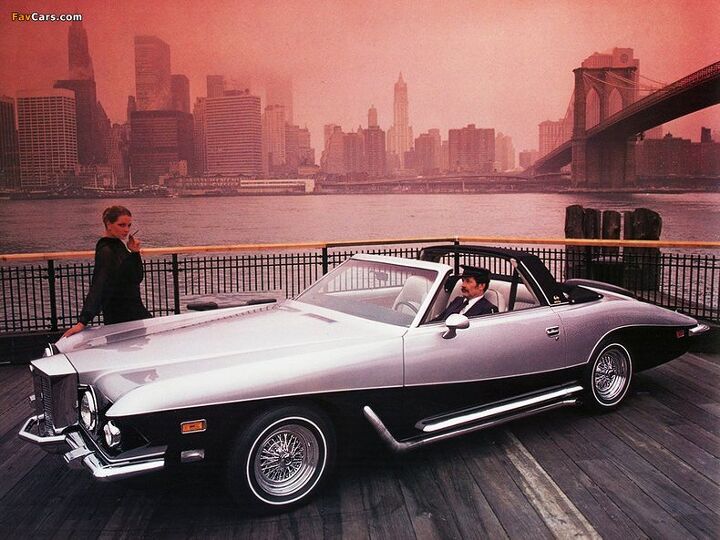
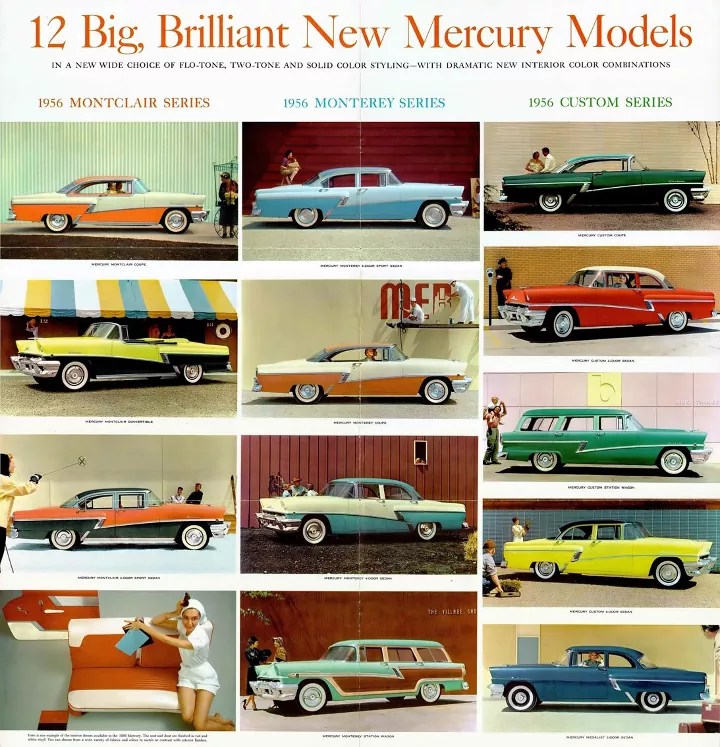
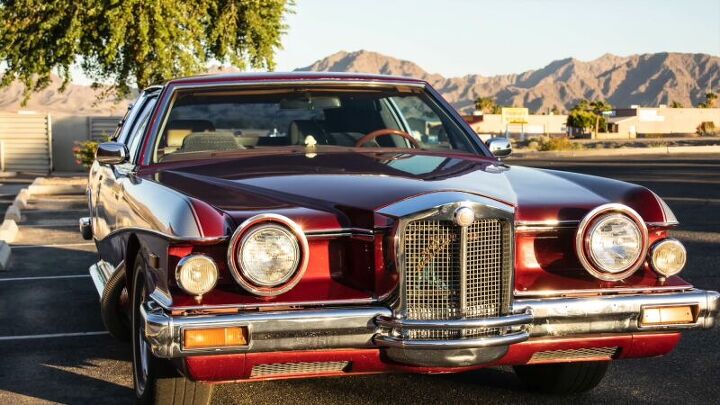




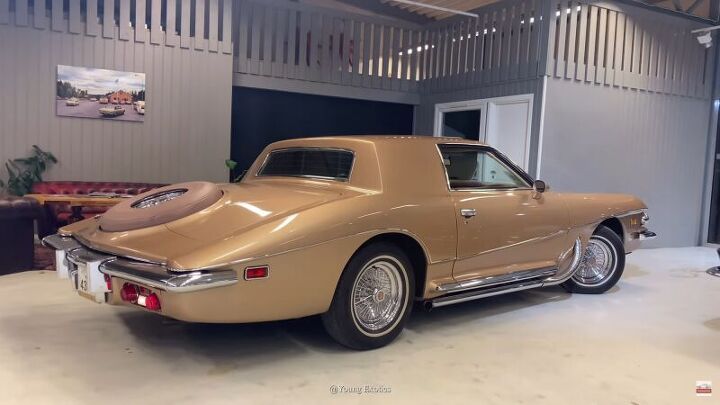



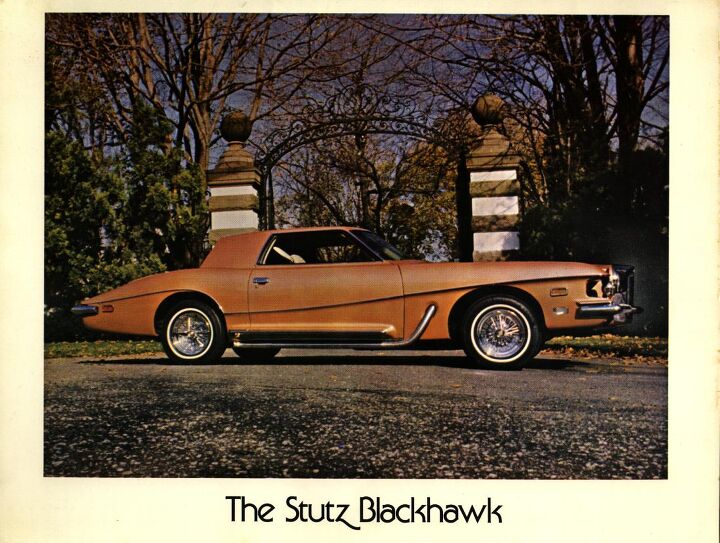

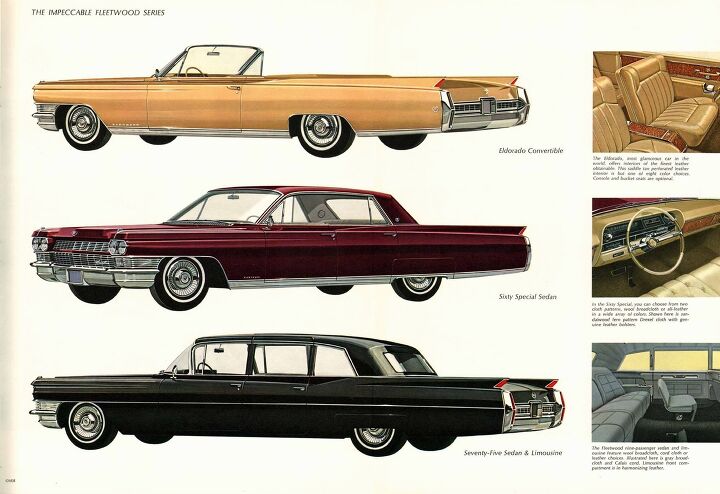
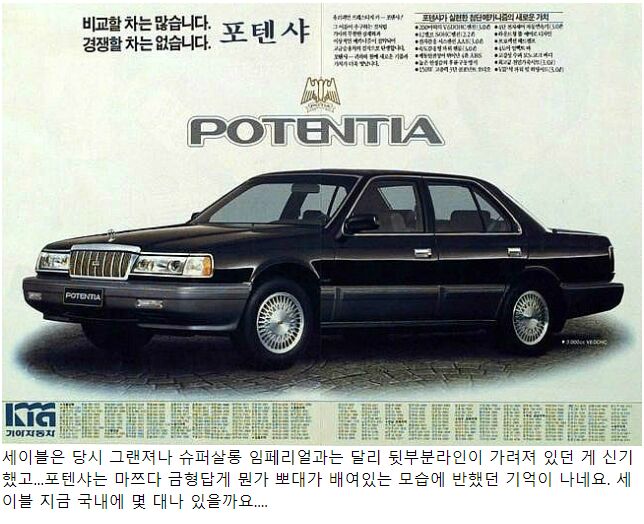












Recent Comments